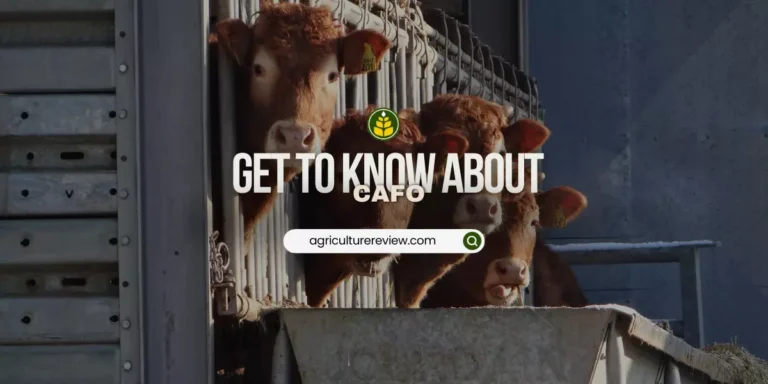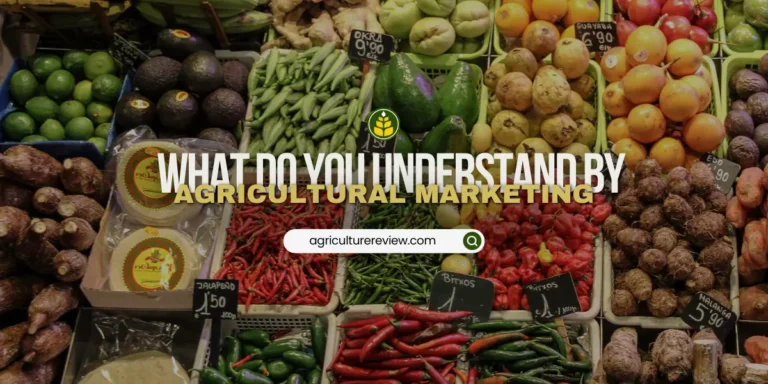Genetic engineering has proved quite useful in agriculture, environmentalist may not agree with this, but we can’t deny the fact that genetic engineering has helped to develop genetically modified (GM) crops that are resistant to drought, pests and diseases, have improved nutrient content, etc. which not only helps to increase food production but rely our dependence on chemical pesticides and fertilizers.

Biofortification programs help to enhance the nutritional value of crops that havet been already applied on the ground. Iron-biofortification of beans, cowpea and pearl millet, zinc-biofortification of maize, rice, and wheat, and pro-vitamin A carotenoid-biofortification of cassava, maize, rice, and sweet potato are currently going and at different stages of development.
Post-harvest losses are a big challenge, GMO crops can be a game changer in increasing the shelf life of crops to reduce post-harvest losses. However, whatever the application of genetic engineering is, any disturbance to nature can have consequences, may be small or big. We have to look for how far we are willing to go or if is there any other simpler solution.
If you have any queries, ideas or suggestions, then please comment below. You can also connect with Agriculture Review on Facebook, Instagram, Koo and WhatsApp Messenger.





